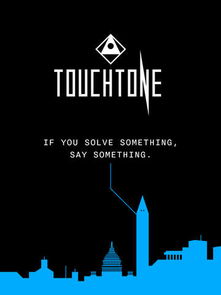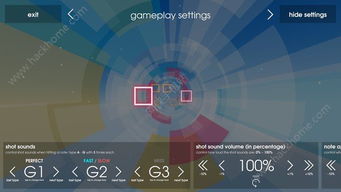Understanding the multifaceted concept of “tone” can be quite enlightening, as it encompasses a wide range of meanings and applications across various domains. Whether you’re delving into linguistics, music, art, or even everyday communication, tone plays a crucial role in conveying meaning and emotion. In this article, we’ll explore the various dimensions of tone, providing you with a comprehensive understanding of its significance.
What is Tone?

Tone refers to the quality or character of a sound, which can be influenced by various factors such as pitch, volume, and rhythm. In the context of language, tone is particularly important as it helps to convey meaning and emotion. For instance, the same word can have different meanings depending on the tone in which it is spoken.
Linguistic Tone

In linguistics, tone is the use of pitch to distinguish word meanings. This is particularly evident in tonal languages, where the tone of a word can change its meaning. For example, in Mandarin Chinese, the word “ma” can mean “mother,” “hemp,” or “horse,” depending on the tone used. Tone is also important in non-tonal languages, as it can help to convey emotion or emphasis.
Music Tone

In music, tone refers to the pitch of a sound. A tone can be described as a single, pure sound, which can be repeated to create melodies and harmonies. The pitch of a tone can be adjusted by changing the frequency of the sound wave. In Western music, tones are typically organized into scales, which provide a framework for creating melodies and harmonies.
Artistic Tone
In art, tone refers to the color or shade used to create a specific mood or atmosphere. For example, a painting with dark, muted tones can convey a sense of melancholy, while a painting with bright, vibrant tones can evoke a sense of joy. Artists often use tone to create depth and contrast in their work.
Communication Tone
In communication, tone refers to the attitude or emotion conveyed through spoken or written language. The tone of a message can be positive, negative, or neutral, and it can significantly impact how the message is received. For example, a friendly tone can make a message more inviting, while an aggressive tone can make it more confrontational.
Table: Different Types of Tone
| Type of Tone | Description |
|---|---|
| Linguistic Tone | The use of pitch to distinguish word meanings, particularly in tonal languages. |
| Music Tone | The pitch of a sound, which can be adjusted by changing the frequency of the sound wave. |
| Artistic Tone | The color or shade used to create a specific mood or atmosphere in art. |
| Communication Tone | The attitude or emotion conveyed through spoken or written language. |
Conclusion
Understanding the various dimensions of tone can help you to better appreciate its importance in different contexts. Whether you’re analyzing a piece of music, interpreting a work of art, or engaging in a conversation, being aware of the tone can enhance your overall experience and communication.




